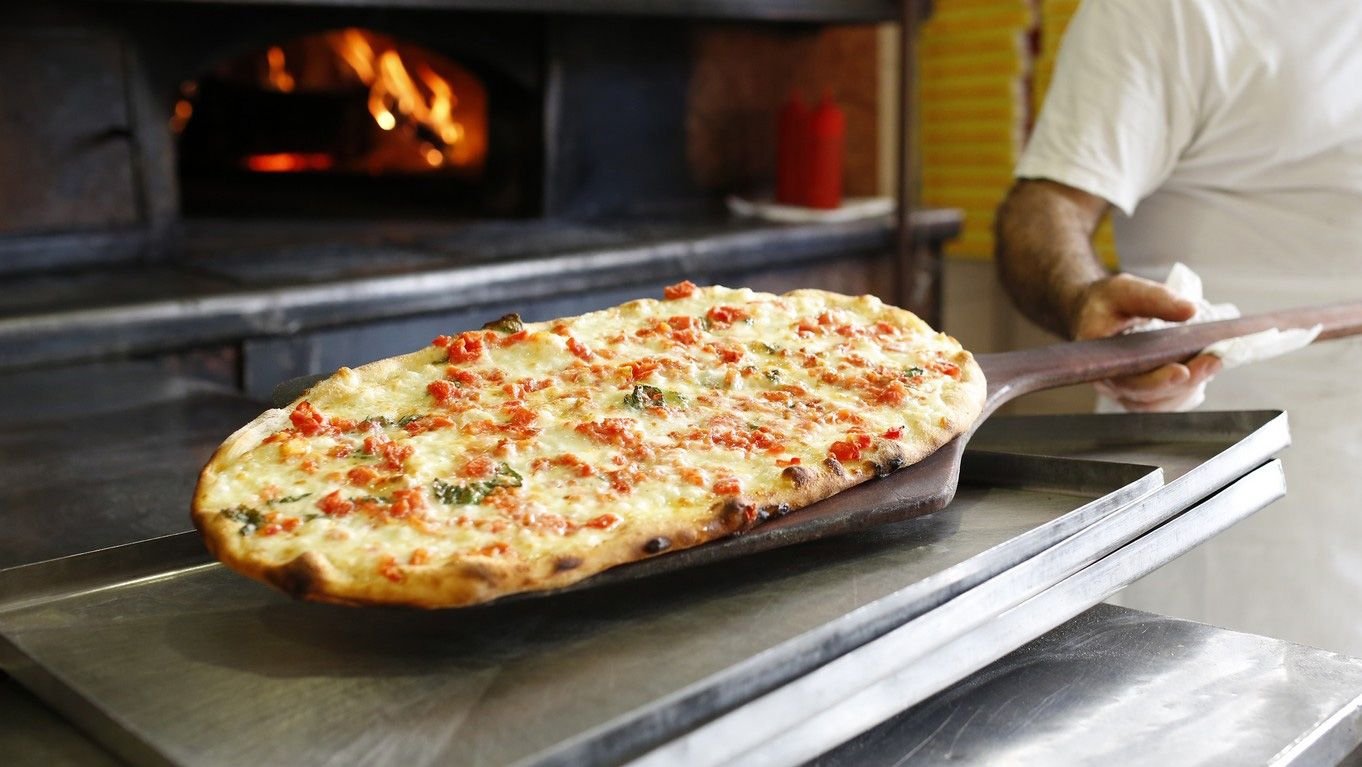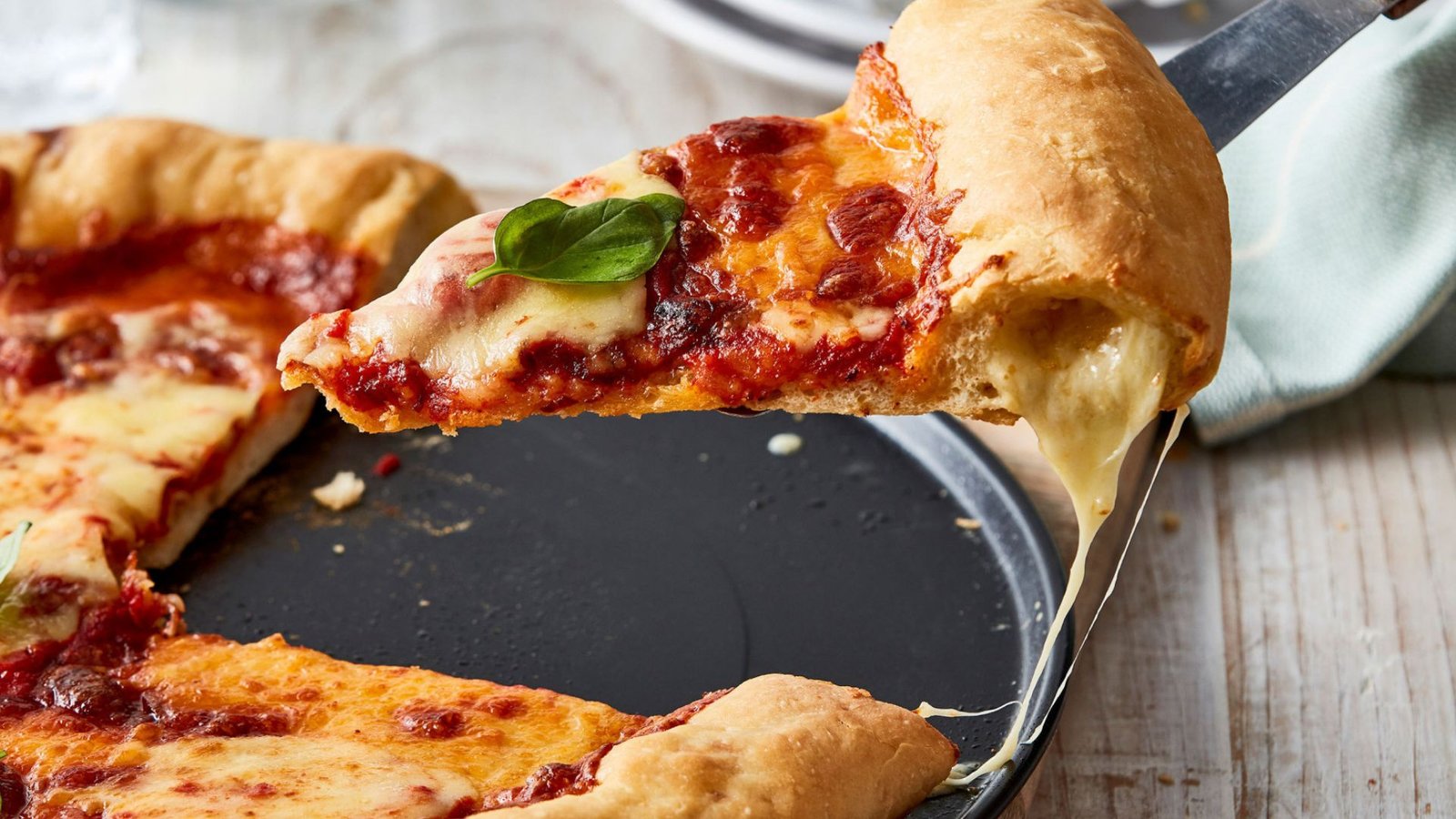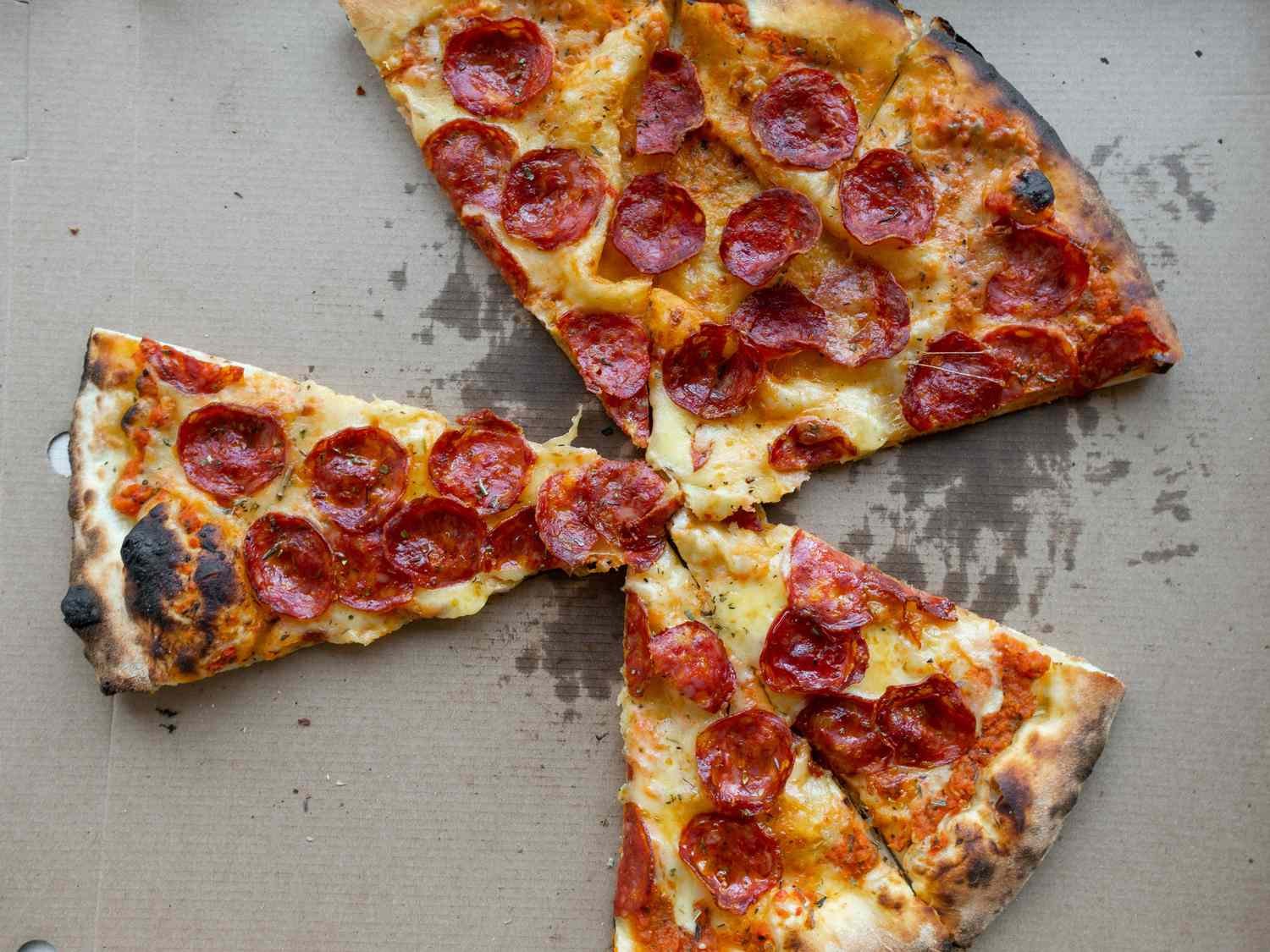Pizza delivery has become an integral part of modern life, offering a convenient way to enjoy one of the world’s favorite foods. From its humble beginnings to the advanced, tech-driven systems of today, the evolution of pizza delivery reflects broader changes in technology, consumer behavior, and the food industry.

Early Days of Pizza Delivery
The concept of pizza delivery dates back to the late 19th and early 20th centuries. In 1889, Queen Margherita of Savoy famously received a pizza delivered to her residence, setting an early precedent. However, it wasn’t until the mid-20th century that pizza delivery began to gain widespread popularity, particularly in the United States.
In the 1950s and 1960s, the rise of suburban living and the increasing number of households with telephones provided the perfect environment for pizza delivery to thrive. Pizzerias began offering delivery services, allowing customers to place orders by phone. This convenience quickly made pizza delivery a popular option for busy families and individuals seeking a quick, delicious meal.
The Rise of Pizza Chains
The 1960s and 1970s saw the emergence of major pizza chains that revolutionized the delivery model. Companies like Domino’s Pizza, founded in 1960, and Pizza Hut, founded in 1958, established standardized procedures for making and delivering pizza, ensuring consistency and quality. Domino’s, in particular, became known for its “30 minutes or less” delivery guarantee, which underscored the emphasis on speed and reliability.
These chains also introduced innovations such as the thermal pizza bag, which kept pizzas hot during transit. This focus on maintaining the quality of the pizza from oven to doorstep helped solidify the reputation of delivery pizza as a reliable and enjoyable dining option.
The Digital Revolution
The late 1990s and early 2000s brought about a significant shift in pizza delivery with the advent of the internet. Online ordering systems allowed customers to place orders via websites, reducing the potential for errors and making the process more efficient. Pizza chains quickly adopted this technology, offering online menus, customizable options, and even special deals for online customers.
As smartphones became ubiquitous, mobile apps further transformed the pizza delivery landscape. Customers could now order pizza with just a few taps on their screens, track their delivery in real-time, and receive updates on the status of their order. These advancements not only improved convenience but also enhanced customer satisfaction by providing greater transparency and control over the delivery process.
The Gig Economy and Third-Party Delivery Services
The rise of the gig economy and third-party delivery services like Uber Eats, DoorDash, and Grubhub has further expanded the pizza delivery market. These platforms connect customers with a wide range of pizzerias, from large chains to local favorites, offering greater variety and flexibility. Restaurants benefit from increased exposure and access to a broader customer base, while consumers enjoy the convenience of having multiple options in one place.
These third-party services also introduced features such as contactless delivery, which became particularly important during the COVID-19 pandemic. The ability to order and pay online, combined with safe, no-contact drop-off, provided peace of mind to customers and helped sustain the food industry during challenging times.
The Future of Pizza Delivery
As technology continues to advance, the future of pizza delivery looks increasingly innovative. Some companies are experimenting with drone deliveries, aiming to reduce delivery times and overcome traffic congestion. Autonomous delivery vehicles, equipped with GPS and advanced sensors, are being tested to provide a futuristic, efficient delivery solution.
In addition, advancements in artificial intelligence and machine learning are being leveraged to optimize delivery routes, predict customer preferences, and enhance overall efficiency. These technologies promise to further streamline the delivery process, ensuring that customers receive their pizzas faster and fresher than ever before.
Conclusion
Pizza delivery has come a long way from its early days of telephone orders and rudimentary delivery methods. The integration of technology, the rise of third-party delivery services, and ongoing innovations are continually shaping the way we enjoy this beloved dish. As we look to the future, it’s clear that pizza delivery will continue to evolve, offering even more convenience, variety, and excitement for pizza lovers everywhere.











